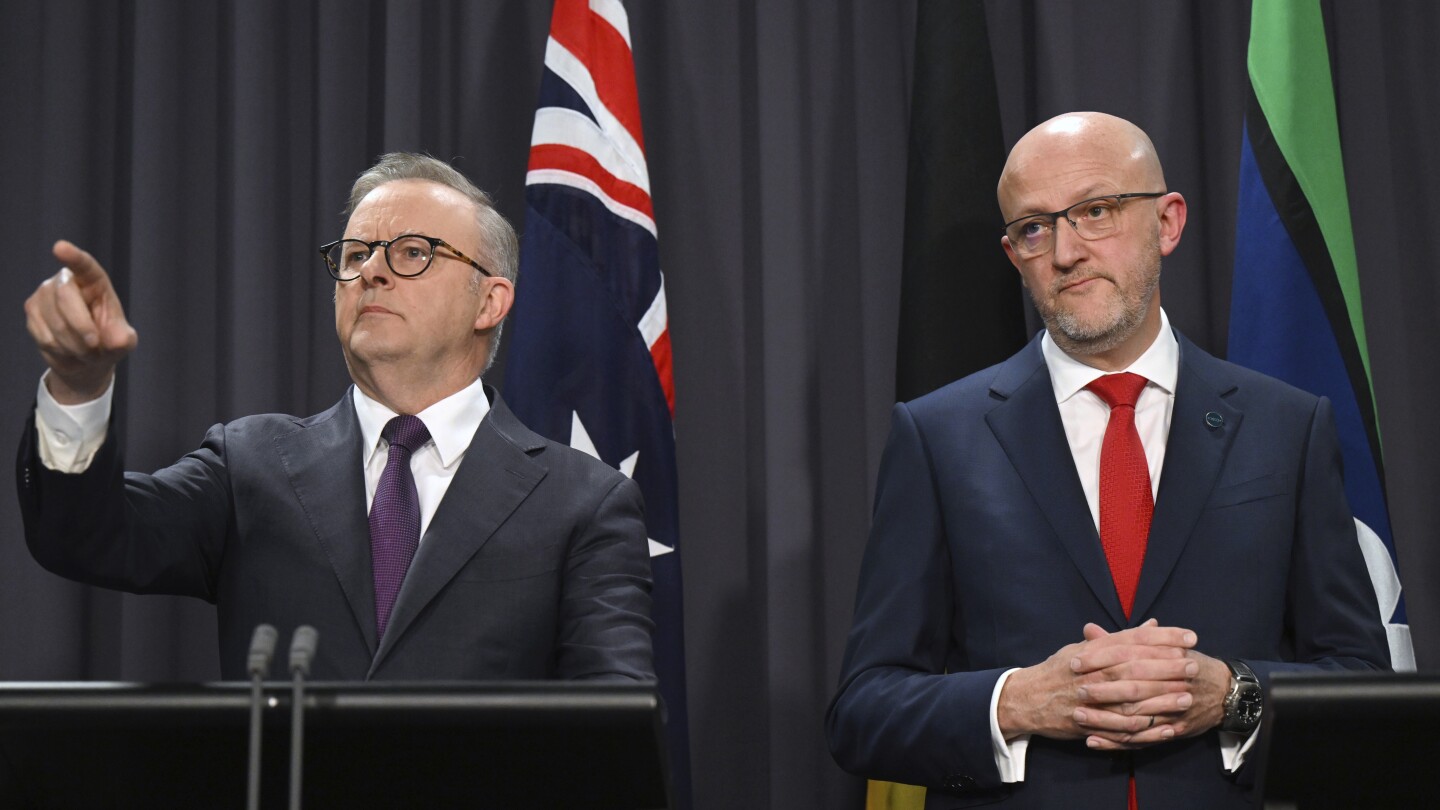MELBOURNE, Australia (AP) — The Australian government on Monday elevated the nation’s terrorism threat alert level from “possible” to “probable,” citing concerns about increasing radicalization among young people and community tensions over the Israel-Hamas war.
It is the first time the threat level has been elevated to the midpoint of the five-tier National Terrorism Threat Advisory System since November 2022. The level had been “probable” the previous eight years.
But Prime Minister Anthony Albanese added that while government officials think the current climate makes terrorism an increased danger, they didn’t know of any specific threats.
“I want to reassure Australians probable does not mean inevitable, and it does not mean there is intelligence about an imminent threat or danger,” Albanese told reporters.
He said the government was acting on the advice of the Australian Security Intelligence Organization, the nation’s main domestic spy agency known as ASIO.
“The advice that we’ve received is that more Australians are embracing a more diverse range of extreme ideologies and it is our responsibility to be vigilant,” Albanese said.
“We’ve seen a global rise in politically motivated violence and extremism. Many democracies are working to address this, including our friends in the United States and in the United Kingdom. There are many things driving this global trend towards violence. Governments around the world are concerned about youth radicalization, online radicalization and the rise of new mixed ideologies.”
Australian authorities last declared a terrorist act in April, when a 16-year-old boy was accused in the stabbing of a Sydney bishop while a church service was being livestreamed.
ASIO director-general Mike Burgess said more Australians are being radicalized more quickly.
“More Australians are embracing a more diverse range of extreme ideologies and more Australians are willing to use violence to advance their cause,” Burgess said,
“Politically motivated violence now joins espionage and foreign interference as our principal security concerns. These factors make ASIO’s job more difficult. The threats are becoming harder to predict and identify,” he added.

